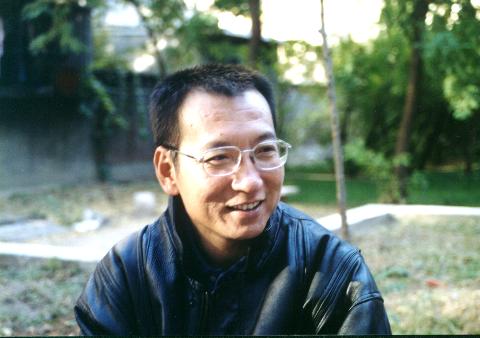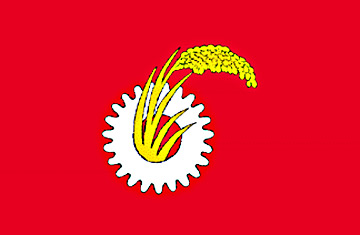

An ancient script that’s defied generations of archaeologists has yielded some of its secrets to artificially intelligent computers.
Computational analysis of symbols used 4,000 years ago by a long-lost Indus Valley civilization suggests they represent a spoken language. Some frustrated linguists thought the symbols were merely pretty pictures.
"The underlying grammatical structure seems similar to what’s found in many languages," said University of Washington computer scientist Rajesh Rao.
[...]
They fed the program sequences of four spoken languages: ancient
Sumerian, Sanskrit and Old Tamil, as well as modern English. Then they gave it samples of four non-spoken communication systems: human DNA,
Fortran, bacterial protein sequences and an artificial language.
Read more...
Computational analysis of symbols used 4,000 years ago by a long-lost Indus Valley civilization suggests they represent a spoken language. Some frustrated linguists thought the symbols were merely pretty pictures.
"The underlying grammatical structure seems similar to what’s found in many languages," said University of Washington computer scientist Rajesh Rao.
[...]
They fed the program sequences of four spoken languages: ancient
Sumerian, Sanskrit and Old Tamil, as well as modern English. Then they gave it samples of four non-spoken communication systems: human DNA,
Fortran, bacterial protein sequences and an artificial language.


![Reblog this post [with Zemanta]](http://img.zemanta.com/reblog_c.png?x-id=993a2434-76ac-4800-b5a5-1359e995345e)






![Reblog this post [with Zemanta]](http://img.zemanta.com/reblog_c.png?x-id=af51220b-b92f-47e6-a3b0-ced12dc0f29c)





![Reblog this post [with Zemanta]](http://img.zemanta.com/reblog_c.png?x-id=d3e453ce-eb18-449a-acaa-580716cc51ea)










.png)




